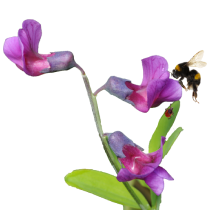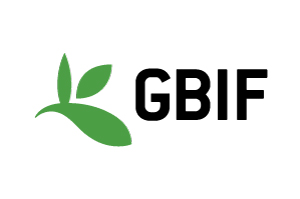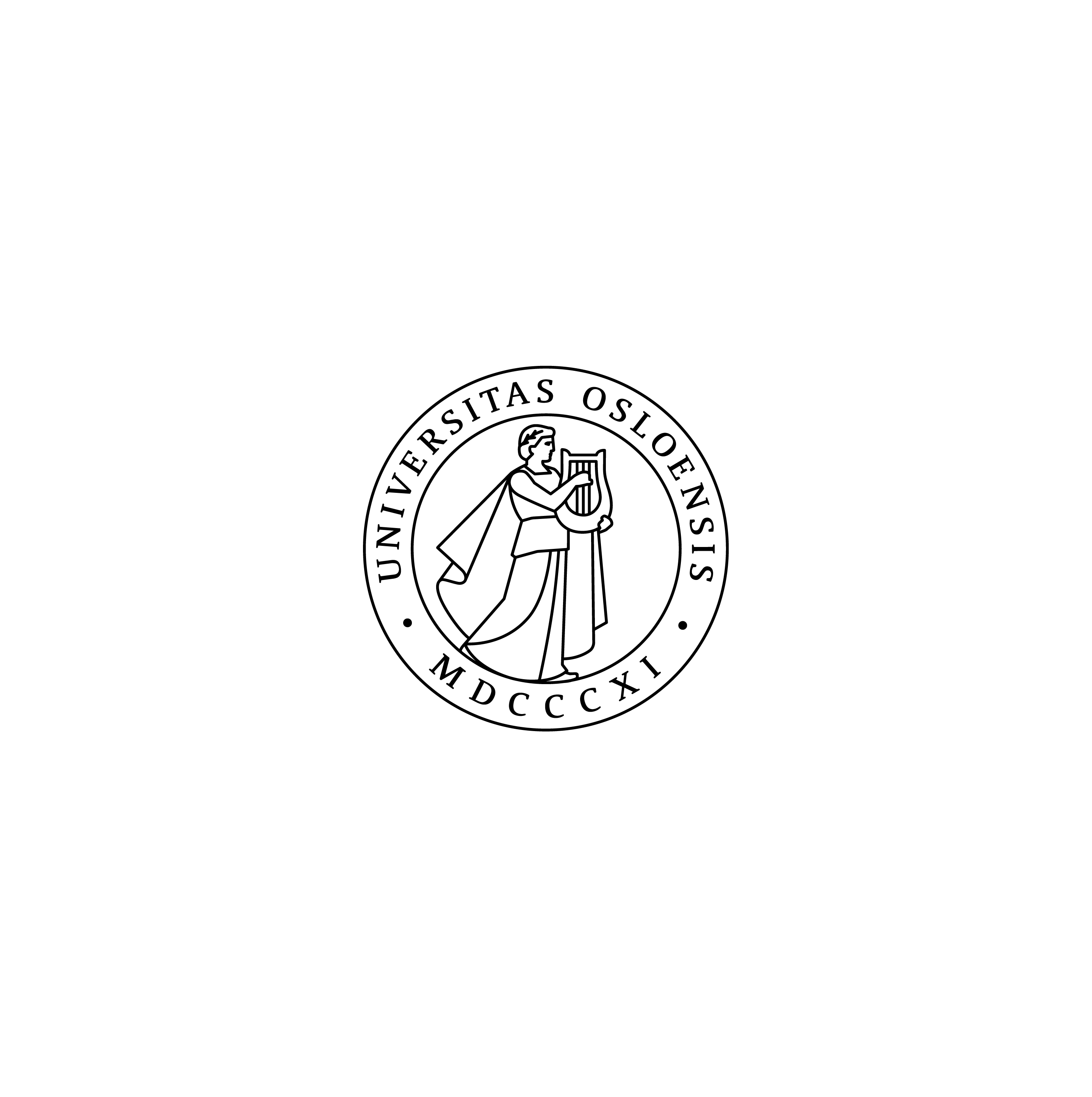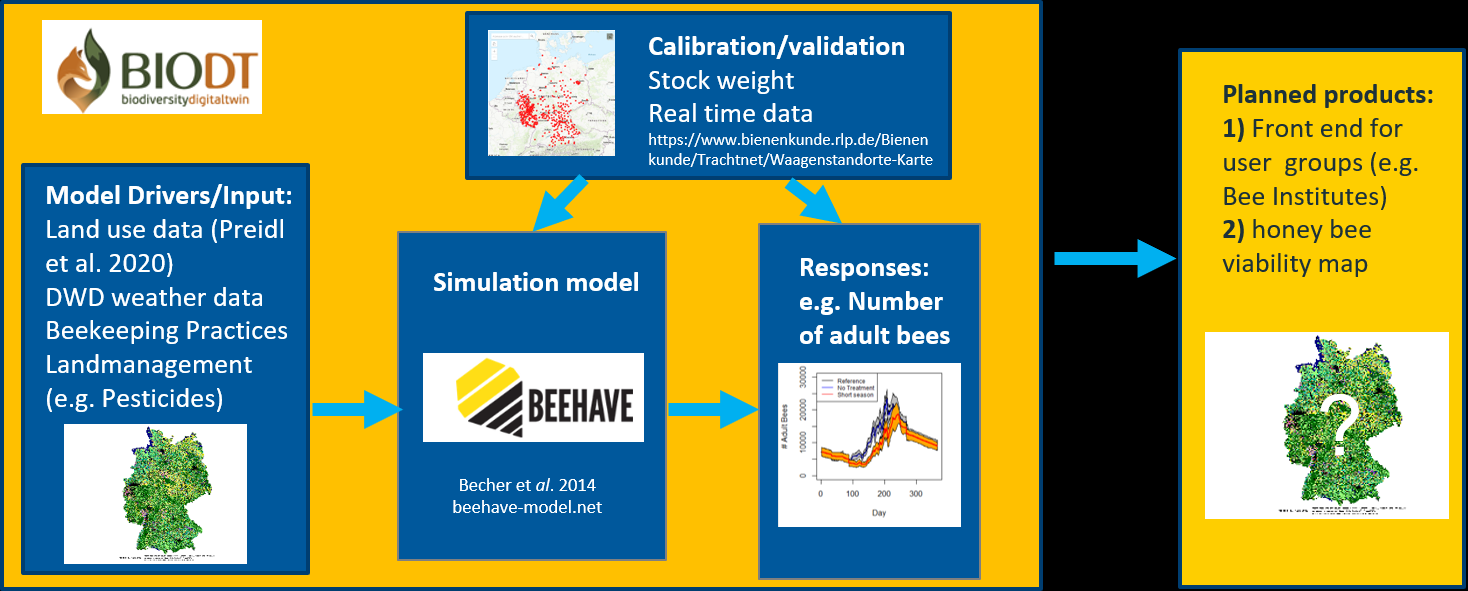Introduction to Pollinators
The generally observed decline of flying insects includes pollinators. A better understanding is therefore needed of how land use practices, in particular in agriculture, affect pollinators. One important pollinator species are honey bees (Apis mellifera). They are managed and can therefore not represent all pollinators, but the wealth of data and knowledge available for honey bees, and their high level of public attention, has made them a key species of concern, for example for pesticide risk assessment.
This BioDT use case thus focusses on honey bees, but the workflows for including data on land use and weather can also be adapted for other pollinator species and ultimately for addressing species interactions in pollinator communities, for example competition between honey and wild bees. We will examine how different spatial land use practices, climate scenarios and beekeeping practices affect the vitality and survival of honey bee colonies. The use case is located in Germany and the ultimate aim is to produce a map assessing the quality of the landscape for honey bee vitality and survival.
We will populate the well-documented and freely available simulation model BEEHAVE, which has been used in more than 20 studies for specific areas around a single colony. We will use publicly available land use maps that are based on Sentinel 2 data and classify each 20 m x 20 m pixel of Germany with one out of 19 major land use types. Weather data will be assessed through the rdwd R package that identifies the nearest weather station of the German Weather Service and downloads the needed data for example the maximum daily temperature and daily sun shine hours.
These land use and weather data are used as the two the main drivers for BEEHAVE. For validation and calibration, publicly available TrachtNet data on daily stock weight changes of more than 500 hives will be used. These data inform about the daily amount of nectar collected, and consumed, by a colony, which can be compared to BEEHAVE output.
Watch an interview with Jügen Groeneveld & Volker Grimm from UFZ on the Prototype Digital Twin (pDT) for Pollinators






